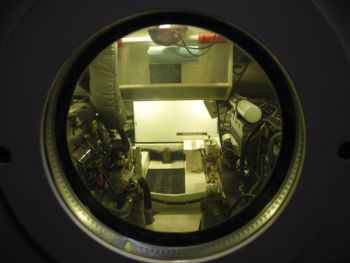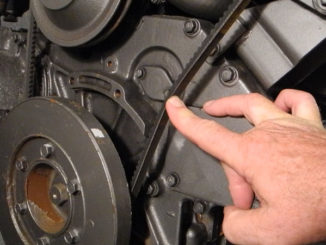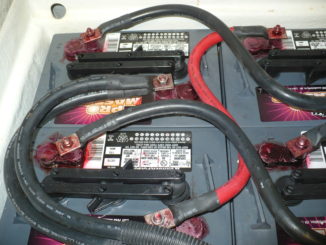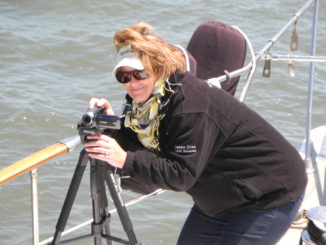
The First of Seven Boating Systems Tips
Welcome to the first of Boat Systems Tips! You will also receive the other tips by email over the next few days. But if you have any questions…Ask Captain Chris!
As we scan the below deck area of this 48 foot SeaRay see how many systems you recognize and actually understand what they do. Scroll down to read a few pointers before you watch our video that follows.
When you go below deck on any boat you should first understand the name and function of each piece of equipment. On a daily basis you will check all fluids and look around to see if everything looks normal.
What is normal? Drips, drabs, soot or smears are not always expected but should be anticipated. Learn what they are, where they came from and if that amount is acceptable by the day, the week or the month.
While we tour the lazarette before entering this twin engine 48 foot cruiser, look for a generator, black water tank, batteries and oops! hold on as I crawl into the engine room itself. This momentary hiccup brings to mind another consideration when looking at boats to buy. Do you FIT in this engine room? Ask yourself, “Can I access all essential areas for DIY owner maintenance?” So, if you aren’t sure of the answer to this question then consider building your basic knowledge of what is found below deck.
Safety first. We are touring this engine room with the engines off. The noise you hear is the air conditioner water pump. If the engines were running then the noise would be potentially damaging to your ear drums. So keep ear muffs or ear protection close to the entrance of your engine space and wear them every time you enter with engines running.
Special hoses are designed for below water line use specific to the need for suction or pressure. Be sure your boat has the proper hose for its intended use or restricted water flow can result in an overheated engine or compressor.
The two bilge pumps in the engine room help keep the below deck spaces dry. The primary bilge pump is forward with a secondary pump located a few inches higher. This secondary bilge pump has an alarm that should wake you in the event the primary pump could not keep up with bilge water evacuation.
Air conditioning is a welcome accessory aboard most boats. As you look at this video notice the air conditioner water pump has a three branch exit, proving there are three air conditioning units aboard this boat.
As we leave the engine room, check out the double RACOR fuel filters on your left screen next to the exit hatch. We will talk more about fuel filters in a later post this week. Stay tuned for our next post with procedures to Preheat and Start Your Generator.
Questions? Ask Captain Chris 772-205-1859 or email Chris@CaptainChrisYachtServices.com



